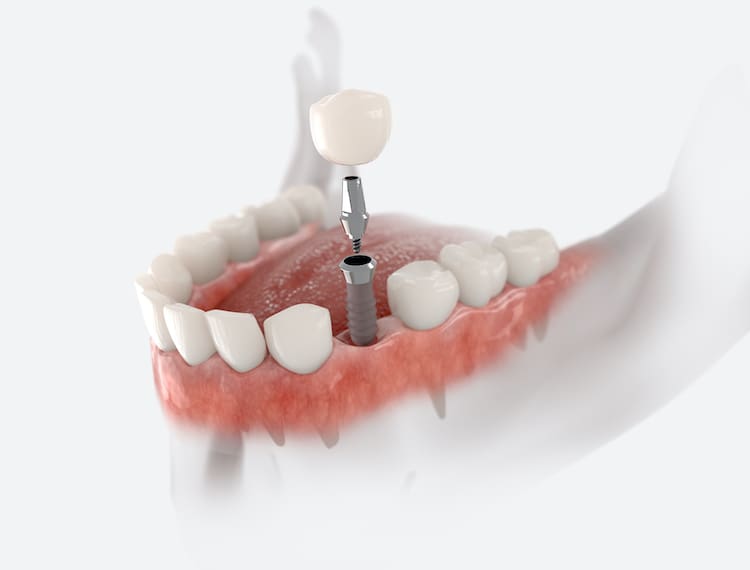If you’re considering a dental implant to replace a missing tooth, you’re not alone. Dental implants have become a preferred choice for many people looking for a durable, natural-looking solution. They offer numerous benefits over traditional dentures or bridges, including stability, longevity, and bone preservation. But before you take the plunge, it’s important to understand what the process involves and what you can expect along the way.
The Initial Consultation
The first step in getting a dental implant is a comprehensive consultation with your dentist. During this visit, your provider will assess your oral health, take X-rays or 3D scans, and discuss your medical history to determine if you’re a good candidate. Healthy gums and adequate bone density are essential for implant success. Procedures like bone grafting could help prepare the site if necessary.
This is also the time to ask questions and talk about any concerns. Your provider will explain the timeline, estimated costs, and what the process will look like based on your unique needs. Some people may need additional preparatory procedures, like tooth extraction or sinus lifting, which could affect the overall treatment time.
The Surgical Procedure
Once you’re cleared for surgery, the next step is placing the dental implant. The implant itself is a titanium post that serves as a replacement root for your missing tooth. This is typically performed under local anesthesia, though sedation options are available for those who feel anxious.
During the surgery, a local oral surgeon makes a small incision in the gum to access the bone, then drills a hole to place the implant. The incision is closed with stitches, and the healing process begins. While the idea of oral surgery may sound daunting, most patients report only mild discomfort, similar to what you’d feel after a tooth extraction.
Healing and Osseointegration
The healing phase is crucial to the success of your implant. Over the next few months, a process called osseointegration takes place, where the jawbone grows around the implant and anchors it securely in place. This can take anywhere from three to six months, depending on individual healing factors and whether additional procedures were done. During this time, you may be given a temporary crown or denture to maintain function and appearance. Your dentist will also advise you on how to care for your mouth to avoid infection and ensure proper healing. Good oral hygiene and regular check-ups are essential during this stage.
Attaching the Abutment and Crown
Once your implant is fully integrated with the bone, it’s time for the final touches. Your dentist will expose the implant and attach an abutment, a small connector that holds the crown. Sometimes the abutment is placed at the same time as the implant, but often it’s done in a separate, minor procedure after healing.
A few weeks after the abutment is in place, you’ll receive your permanent crown. This is custom-made to match your natural teeth in color, shape, and size. Once the crown is cemented or screwed into place, your new tooth is ready to function like a natural one.
Dental Implant Restoration in Washington, D.C.
At Dupont Dental, we understand the importance of a full smile. If you have tooth loss, your oral health could be at risk. Getting a dental implant could restore your bite and prevent further complications. Contact our office today to schedule a consultation and learn more.

